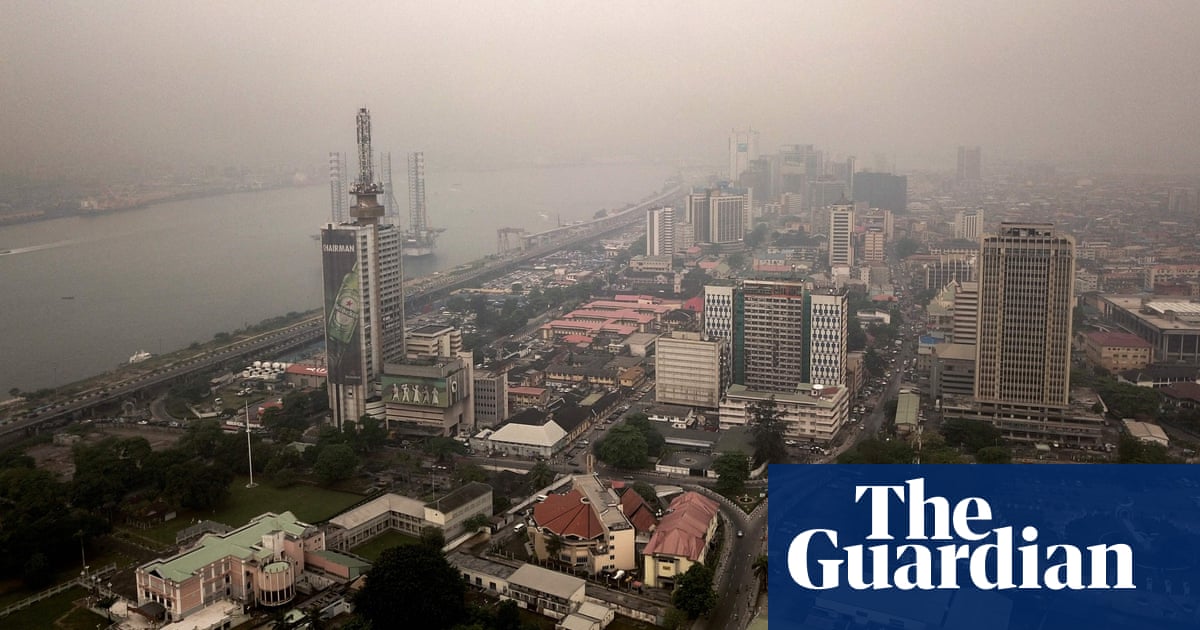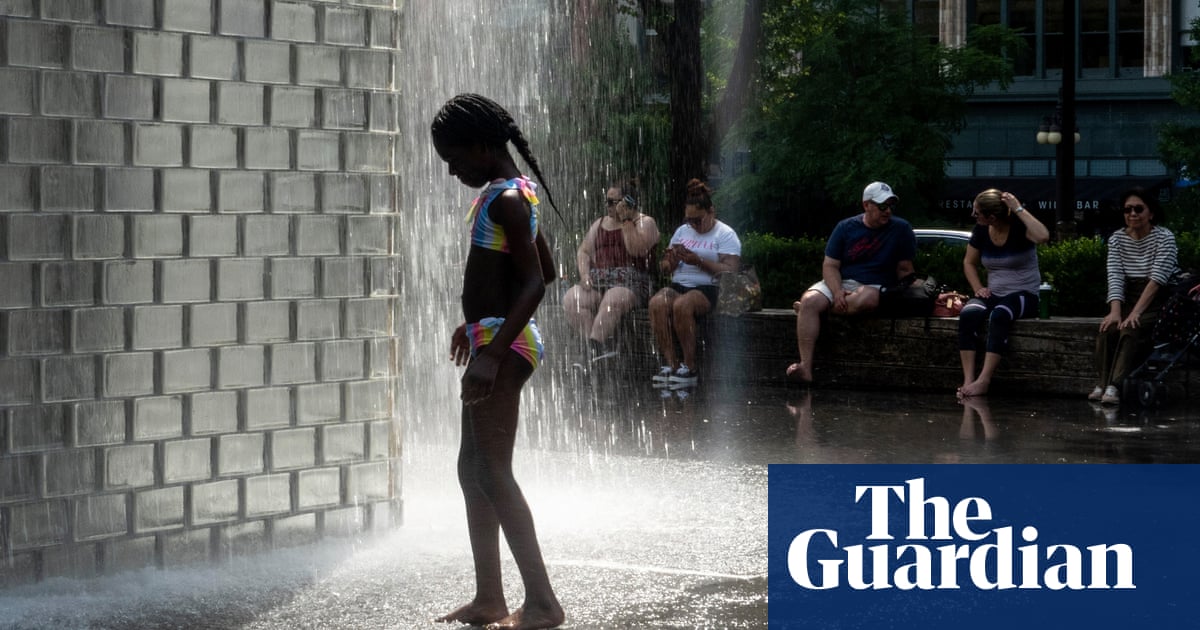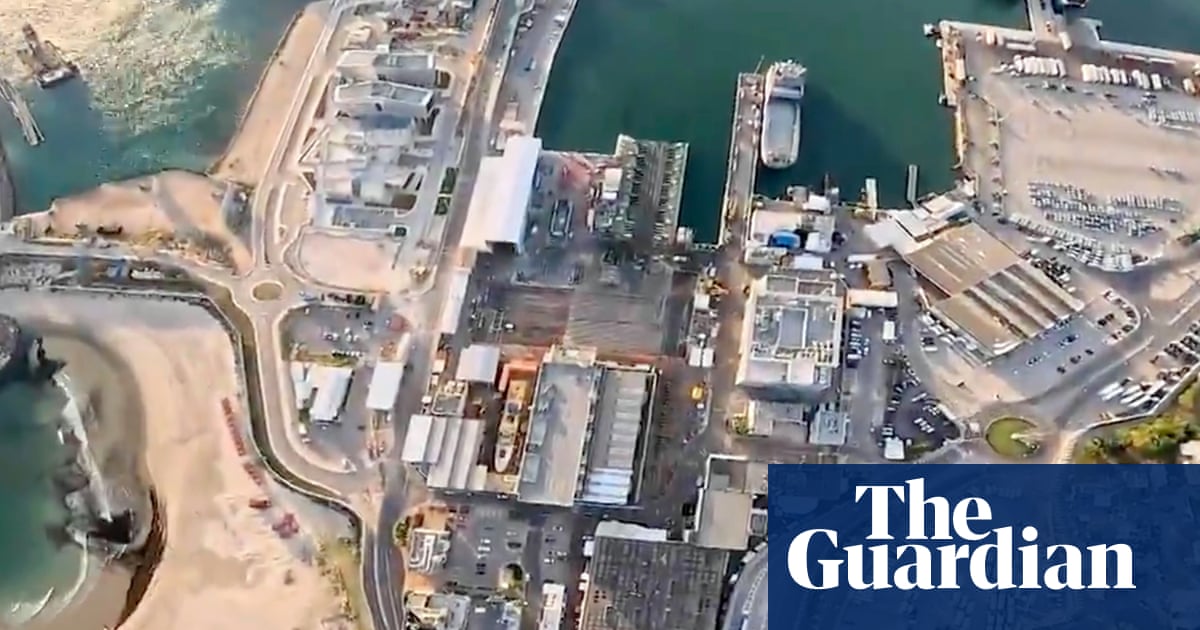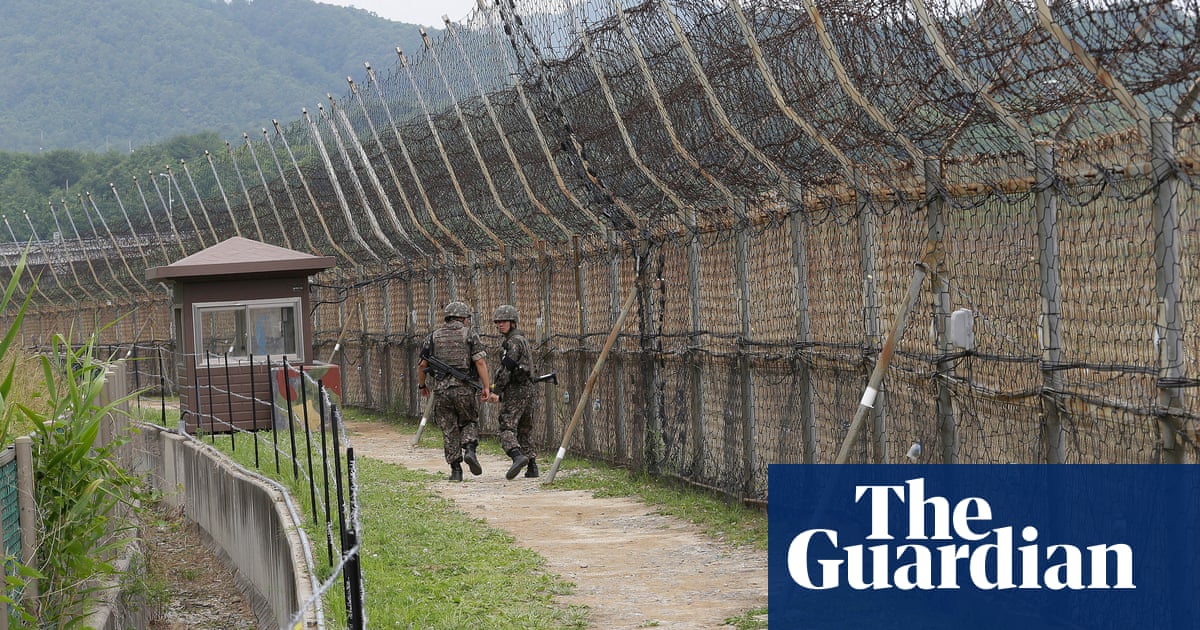Peter Dutton has announced the Coalition proposes to build seven nuclear power plants and two proposed small modular reactors, but dodged questions about the cost of the plan.
A snap Coalition party room meeting on Wednesday heard the opposition proposes that Tarong and Callide in Queensland; Mount Piper and Liddell in New South Wales; Collie in Western Australia; Loy Yang in Victoria; and the Northern power station in South Australia host nuclear power plants.
The plan has been panned as more expensive than firming renewable energy and guaranteed to increase emissions due to increased reliance on fossil fuels until nuclear power is ready, which the Coalition claims could be as soon as 2035 in contrast to expert advice.
At a press conference in Sydney, Dutton confirmed the power plants, if built, would be owned by the commonwealth government, a similar model to NBN Co and Snowy Hydro.
But Dutton refused to say what the cost will be to the Australian taxpayer, claiming without evidence it will “cost a fraction” of Labor’s power plans. He said the cost would be released “in due course”, but did not commit to it before the election.
The sites are mostly in Coalition-held electorates: Colin Boyce’s seat of Flynn, the Nationals leader David Littleproud’s seat of Maranoa; Rick Wilson’s seat of O’Connor; and Rowan Ramsey’s seat of Grey. Liddell is in Labor MP Dan Repacholi’s seat of Hunter. Mount Piper is in National turned independent MP Andrew Gee’s electorate of Calare.
The sites were chosen on the basis of water availability, connection to the grid and the closure date of existing coal power plants. None are currently owned by the commonwealth, which Dutton suggested could be overcome by compulsorily acquiring the sites.
Dutton said the seven locations “can host new nuclear sites and that’ll be part of an energy mix with renewables and significant amounts of gas … particularly in the interim period”.
Construction of nuclear power plants would “utilise the existing distribution networks” when coal power plants reach the end of their life, he said.
The CSIRO Gencost report advised a “15+ year development time” should be expected for nuclear in Australia, meaning if a decision to pursue the technology was made next year then a plant would be deployed “no sooner than 2040”.
Dutton suggested that building two plants by 2035-37 with the remainder to be built in the 2040s was “achievable” and a “sensible rollout”. Dutton made light of the lead time, joking “I only have plans for three to four terms” in government.
Dutton said the Coalition would work with experts to determine the best technology for each site but, according to a media release, the power stations in Western and South Australia would be “SMR only”.
Despite the fact SMRs are not currently commercially available, Dutton asserted that the “technology is available”, with the same technology for nuclear propelled submarines “able to be translated” into civilian electricity.
The federal Coalition has attempted to ramp up pressure on Labor for refusing to lift the ban on nuclear energy, but faces opposition at the state level from its own side of politics, as Guardian Australia revealed in March.
Nuclear power is banned in Victoria, New South Wales and Queensland, which prompted questions in party room on Wednesday. The Coalition would also require the Senate to overturn the federal ban.
On Tuesday the Queensland Liberal National Party leader, David Crisafulli, ruled out repealing Queensland’s legislated ban on the construction and operation of nuclear reactors.
“The answer is no, and I’ve made my view very clear on that,” he said, describing nuclear power as “not on our plan, not on our agenda”.
after newsletter promotion
Dutton denied that his party is divided but acknowledged there had been “some debate” about whether premiers would agree to the plan. He suggested the commonwealth would negotiate to overcome their objections if the Coalition were elected.
“Somebody famously said ‘I would not stand between the premier and a bucket of money’,” he said.
The Coalition also played down the potential for local communities to oppose the plan. The shadow energy minister, Ted O’Brien, said they will benefit from “the cheapest and cleanest and most consistent energy in the country”; while Dutton said former coal communities are “instantly supportive of this proposal”.
In its latest GenCost report the CSIRO said electricity from nuclear energy would be at least 50% more expensive than solar and wind, with a theoretical 1,000MW nuclear plant built today to cost at least $8.6bn.
The chief executive of the Clean Energy Council, Kane Thornton, said the Coalition policy “is a recipe for delay and skyrocketing energy bills”.
“Australia has no nuclear power industry, so building new reactors would take at least 20 years.”
Ahead of the announcement the treasurer, Jim Chalmers, described the Coalition’s policy as “economic insanity”.
“Nuclear takes longer, it costs more and it will squander Australia’s unique combination of advantages,” he told Radio National.
“It is the worst combination of economic and ideological stupidity … it is fiscally irresponsible.”









